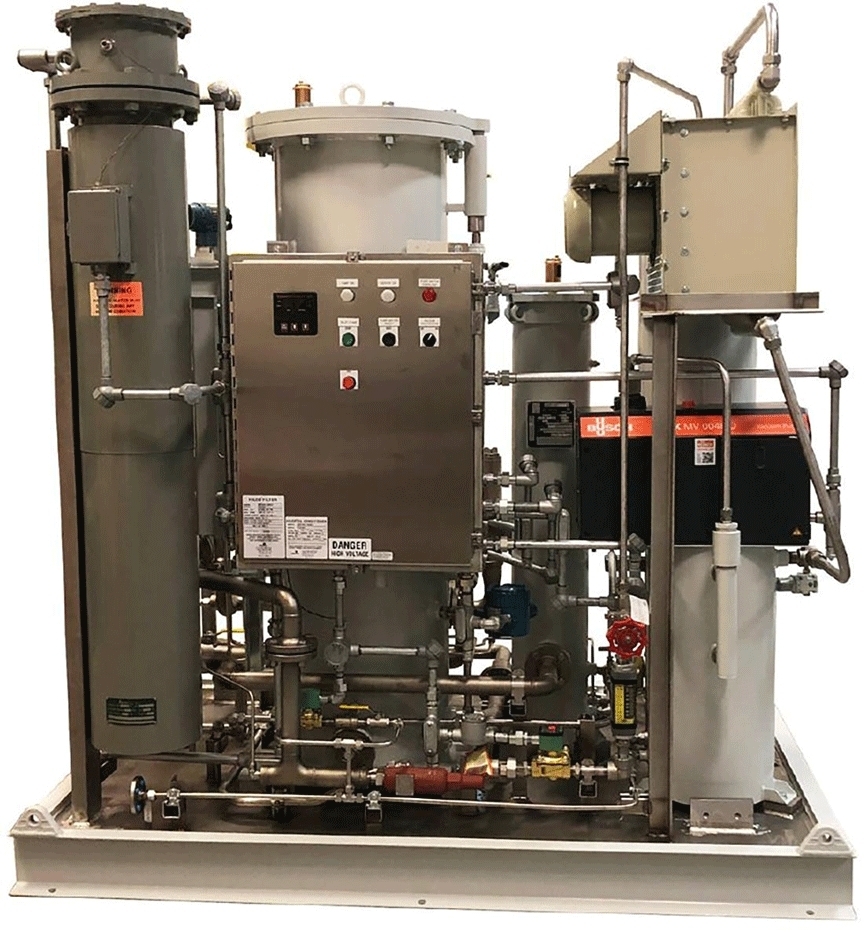How can we cut costs and save money? That’s the question that seemingly everyone making decisions in an industrial setting seems to be asking themselves. Costs have continually risen for anyone using oil for an industrial process. Oil is expensive, and finding a way to cut down on usage is a top priority for many. Thus, we’re seeing more and more interest and adoption of new oil reclamation initiatives. Anything that drives the costs attributed to purchasing new oil and disposing of used oil is welcome, and as oil reclamation technology has evolved, more decision makers are taking notice and making the investment.
First, it’s important to understand why oil becomes unserviceable. Simply put, water is introduced. In order to return oil to its effective, usable state, the water that has found its way in must be effectively sifted out. There are a few ways to do it, with varying levels of cost to be expected.
Utilizing gravity is the first approach. It’s a low-cost tactic and is only recommended for non-critical, high-volume moisture applications. One can imagine that as a low-cost, high-volume process, you can’t expect the finished product to be of the purest state. This can be an ideal solution, however, only when you’re not looking to achieve that ultra-pure state.
The second approach is centrifugation. This also involves gravity but is more enhanced. This costs more in the beginning but has a relatively low operating cost.
The third approach utilizes polymer – a pleated filter cartridge. This has a low up-front cost, but a higher operating price tag. In low volume scenarios, this can be the most cost-effective approach.
There is also the widely used coalescing strategy. It’s expensive up front, but inexpensive to operate. We see this most used in separating water from fuel in heavy industrial spaces that use oil for cooling.
All four approaches have pros and cons in terms of when the investment takes place and the kind of volume you’re working with. However, if you need oil to return to its most pure form, you will need to invest in vacuum dehydration. This is the only way you can be assured the oil will function safely.
Vacuum dehydration is a skid-based system that removes free, dissolved emulsified level of water to below the oil saturation level. By introducing an element of heat and pressure, you can have peace of mind that the water and gases are stripped away.
Hilco Oil Reclamation System
This technology is exploding in popularity in the environments that use lubricating oils, heat transfer fluids, hydraulic oils, and transmission fluids. Industries seeing the greatest ROI are power generation, mining, and pulp and paper.
I contributed an
article to Filtration News magazine on this topic. Take a look if you haven’t already. And if you’re wondering what approach may be best for your process, reach out, we can walk you through it.
Talk to one of our filtration experts today at
(855) 737-4717, or fill out our
online form to learn more.
